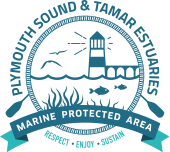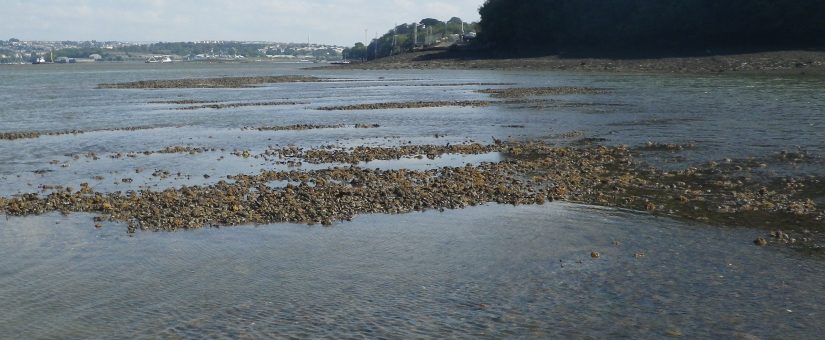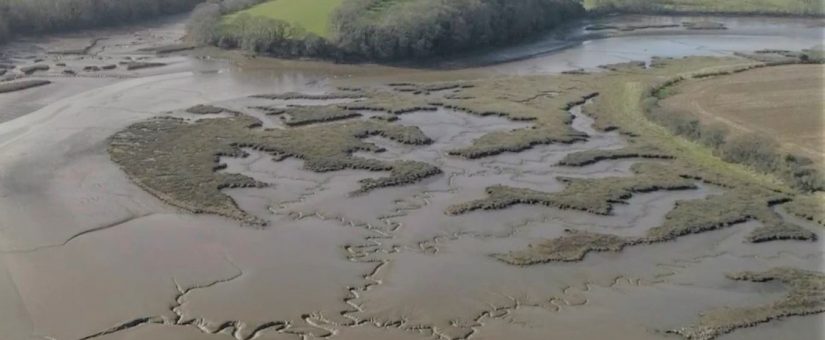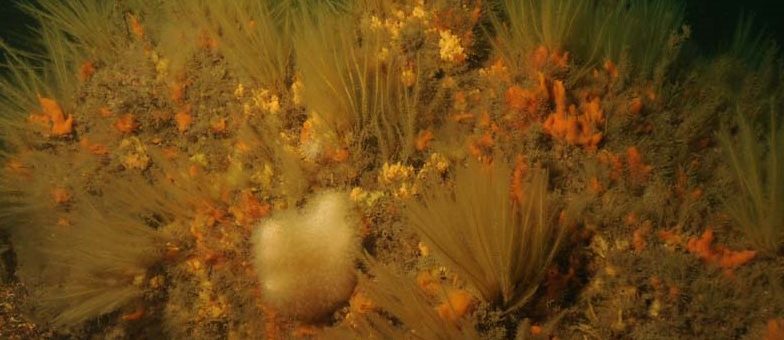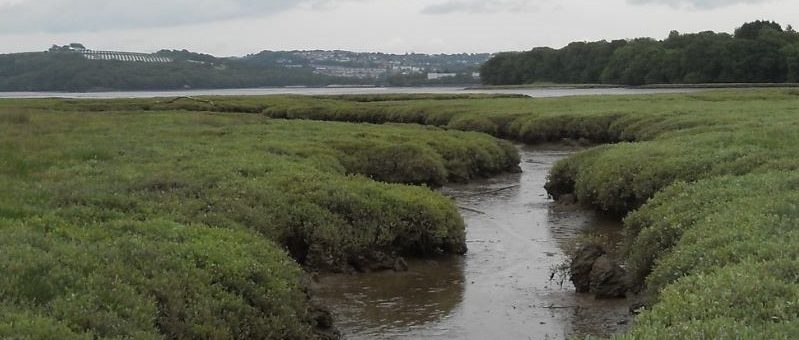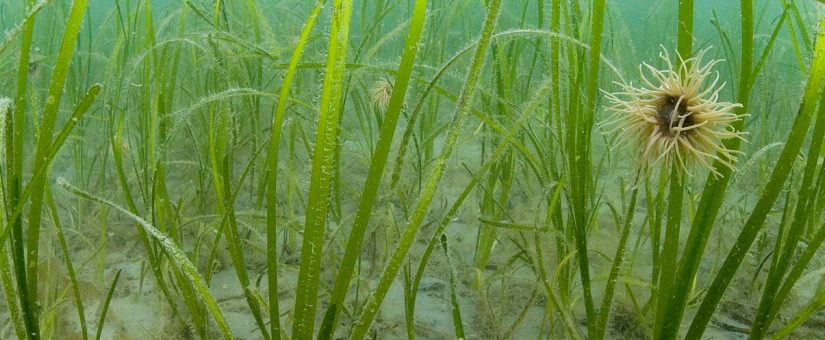- Posted by Beth Siddons
- On August 13, 2018
- 0 Comments
Intertidal biogenic reefs, blue/common mussel (Mytilus edulis) & native oyster (Ostrea edulis) Intertidal biogenic reefs on the Tamar-Tavy and Lynher areas are dominated by blue (or common) mussel (Mytilus edulis). Also present are the native oyster (Ostrea edulis) and the common cockle (Cerastoderma edule), along with non-native pacific oyster (Crassostrea gigas) and leathery sea squirts […]
Read More
- Posted by Beth Siddons
- On August 13, 2018
- 0 Comments
Mudflats and sandflats The mudflats and sandflats on the Tamar and its tributaries, as well as the Yealm Estuary, are home to incredibly rich infaunal communities (animals that burrow into the substrate) that provide rich feeding grounds to wading bird populations, including avocets and little egrets. A variety of species can be found, including ragworms, […]
Read More
- Posted by Beth Siddons
- On August 13, 2018
- 0 Comments
Reefs Inside the shelter of the Plymouth Breakwater, limestone rocky reefs are home to rich communities of sponge, hydroids, anemones and rock boring species. It is one of only two coastal areas in the South West with Devonian limestone which is up to 390 million years old. Rocky reefs play host to forests of kelp […]
Read More
- Posted by Beth Siddons
- On August 13, 2018
- 0 Comments
Atlantic salt meadows (Glauco-Puccinellietalia maritimae) Salt meadows (or saltmarshes) are uncommon in the South West and the saltmarshes of the Tamar are of national importance. They’re also regionally important for species such as wading birds, that are reliant on this habitat. The Tamar boasts the only population of the triangular club rush (Schoenoplectus triqueter) in […]
Read More
- Posted by Beth Siddons
- On April 23, 2018
- 0 Comments
Seagrass Extensive areas of subtidal seagrass (Zostera marina) can be found near the entrance to the Yealm, Cawsand Bay, and around Drake’s Island. Seagrass areas in the site provides vital habitat for species including hydroids, juvenile fish, cuttlefish, and two types of stalked jellyfish in the Yealm (Lucernariopsis campanulata and a Haliclystus sp.). Seagrass also […]
Read More
